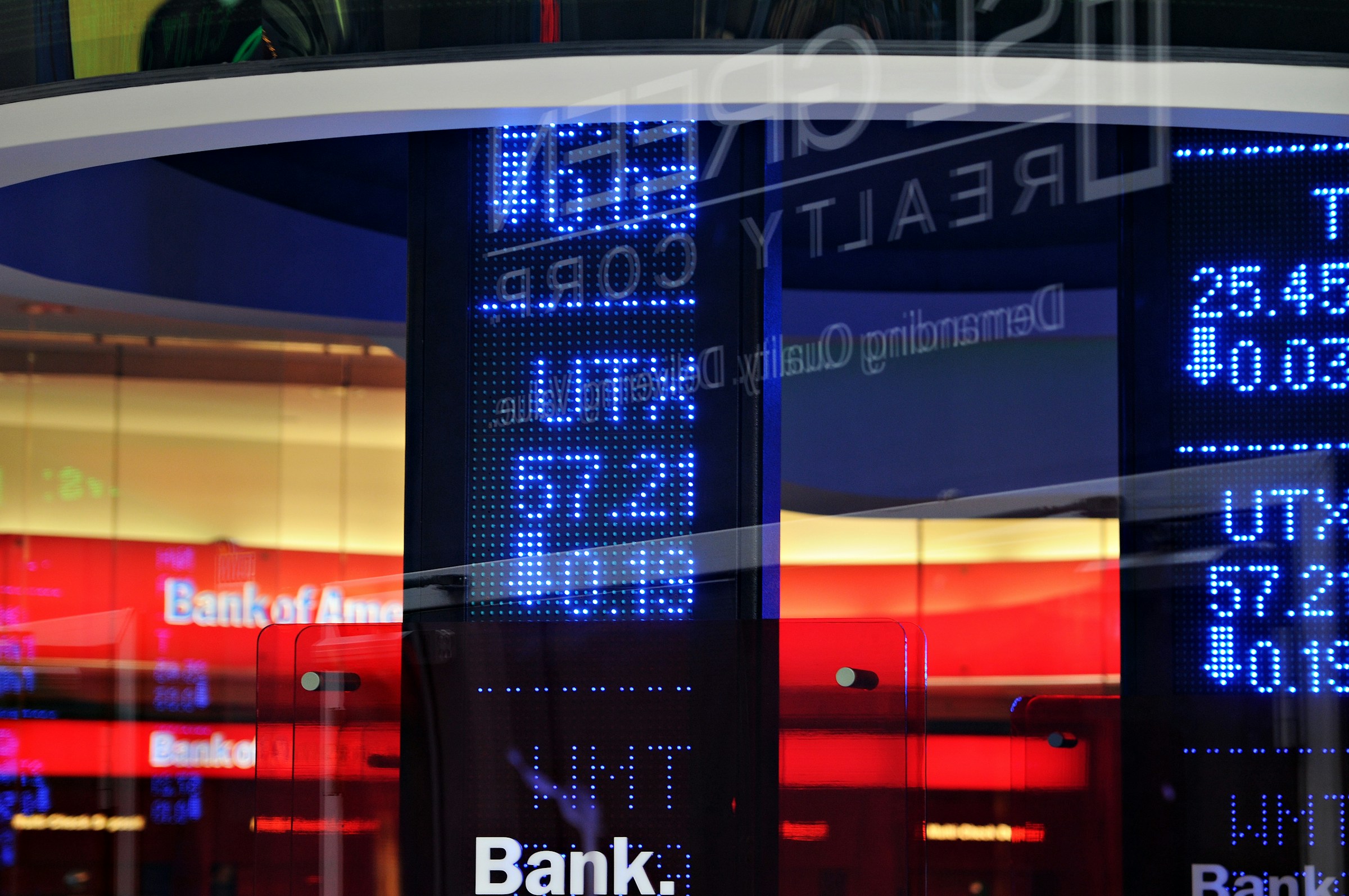Asia’s Tuesday session delivered a familiar pre-event pattern: risk assets faded, safe-haven bids were selective, and policy-sensitive FX stayed orderly. That mix speaks to a market leaning into the Federal Reserve’s messaging risk at Jackson Hole rather than reacting to a single data point. The diplomatic track on Ukraine—encouraging but incomplete—reduced one tail risk without meaningfully altering the macro policy calculus. In short, this was positioning, not capitulation.
The policy anchor remains the Fed. Money markets continue to imply high odds of a quarter-point cut at the 17 September FOMC, with investors primed for a “dovish-enough” signal from Chair Jerome Powell later this week. That pricing narrows the range of acceptable outcomes at Jackson Hole: guidance that validates a gradual easing path supports duration and equities; a message that re-prioritises inflation vigilance over growth risk would reprice the front end and lift the dollar. With the dollar index already firmer into the event and the greenback steady against the yen and euro, the FX tape suggests the bar for an incremental dovish surprise is high. A Jackson Hole market outlook framed this way is less about the first cut and more about the slope thereafter.
Regionally, Japan captured the intraday mood swing. The Nikkei printed a fresh record before rolling over, as idiosyncratic weakness in a heavyweight tech conglomerate intersected with pre-Jackson Hole profit-taking. That price action reinforces how index-level milestones can be fragile when concentrated leadership meets policy uncertainty. Elsewhere, MSCI Asia ex-Japan edged lower, tracking the prior US session’s soft finish. Europe, by contrast, entered with modestly positive futures, a nod to incremental clarity from weekend transatlantic consultations and a continental investor base more comfortable extrapolating near-term policy support.
Geopolitics retreated, but did not disappear, as the principal driver of risk. Weekend diplomacy yielded constructive rhetoric—talks on security guarantees for Kyiv and the prospect of leader-level meetings—but no ceasefire. Markets treated that mix as a probability shift rather than a regime change: oil ticked lower and gold inched higher, a combination consistent with lower supply-risk premia in energy and a still-useful portfolio hedge via bullion as real-rate uncertainty persists. The FX market’s calm underscores that reserve managers see no immediate need to defend credibility—another sign that geopolitics is a secondary, not primary, driver this week.
For policy watchers, the key variable is communications risk. A “dovish-leaning but conditional” Powell would keep term premia contained and flatter curves modestly, validating the equity market’s preference for lower discount rates without re-inflaming soft-landing skepticism. A firmer-than-expected tone would widen US-rest-of-world policy divergence again, pressuring Asia’s higher-beta equities and supporting the dollar through quarter-end. Either way, liquidity conditions—not a single headline—will govern how far these moves extend.
Institutionally, sovereign allocators and central bank reserve managers appear to be re-balancing, not rotating. The equity-bond correlation remains unstable at short horizons, which argues for incremental duration adds rather than wholesale beta swings. In FX, Asia’s policy complex has little incentive to lean aggressively against a stable, moderately stronger dollar into Jackson Hole; patience preserves optionality if the Fed under-delivers on easing pace. On commodities, the small downtick in crude aligns with less acute supply anxiety, but backwardation and inventories will tell us more about the durability of that move than any single diplomatic line.
The European open’s mild optimism is coherent with this framework. Investors there tend to overweight policy visibility and underweight headline risk when macro dispersion narrows. With the ECB already closer to a maintenance posture and euro-area growth soft, the transatlantic gap in easing cadence matters less than the signal that the tightening cycle is definitively over. That is why even modest progress on Ukraine-related diplomacy—by lowering the distribution’s right-tail for energy price spikes—can be leveraged more readily by European equities.
What, then, do today’s cross-asset signals actually say? First, the market is calibrated to communications, not shocks. Second, geopolitics is a volatility modifier, not a trend determiner, unless and until it shows up in energy supply or dollar funding. Third, with a Jackson Hole market outlook already priced as “cautiously dovish,” the asymmetry sits with surprises that push back against that narrative. None of this pre-commits the Fed to a fast easing slope, and that is the nuance risk assets have been respecting.
This policy posture may appear accommodative—but the signaling is unmistakably cautious. Liquidity support at this scale is not a rescue. It’s a recalibration.






-2.jpg&w=3840&q=75)
.jpg&w=3840&q=75)



.jpeg&w=3840&q=75)
-1.jpg&w=3840&q=75)

